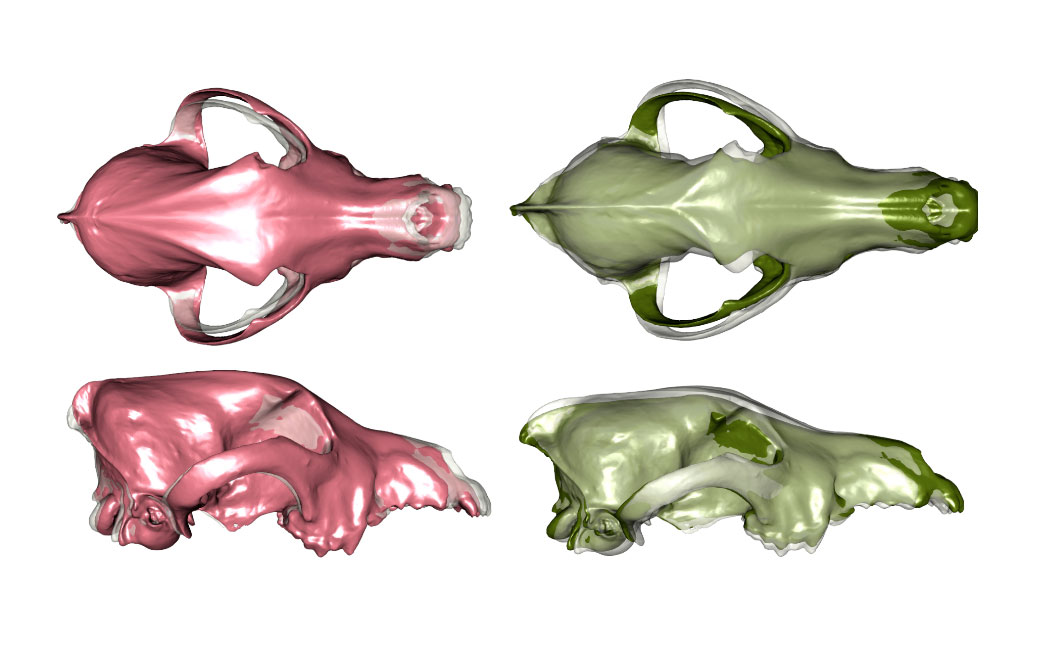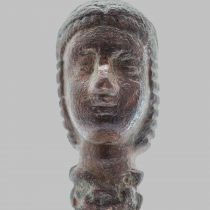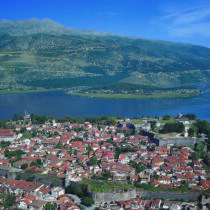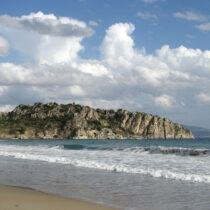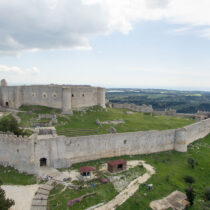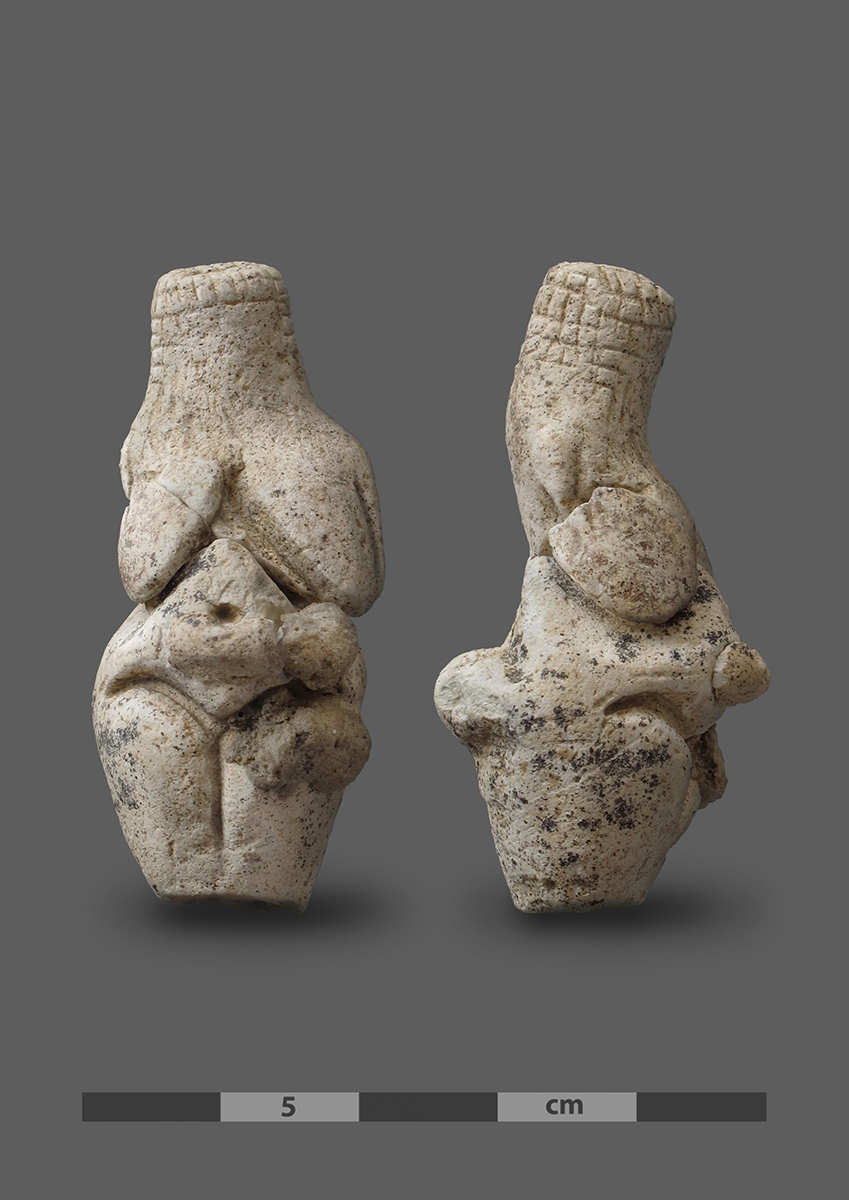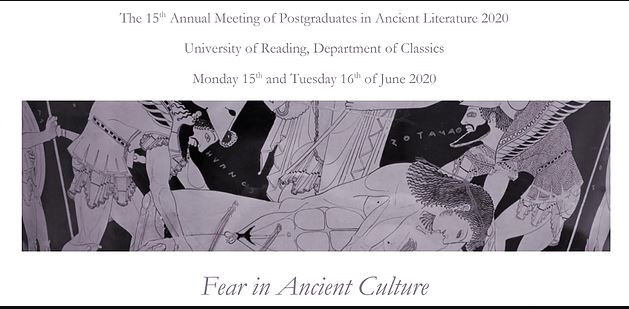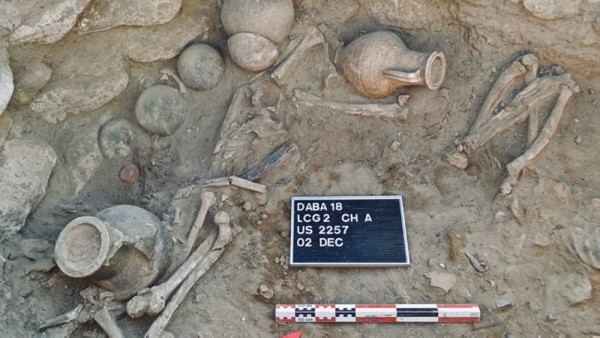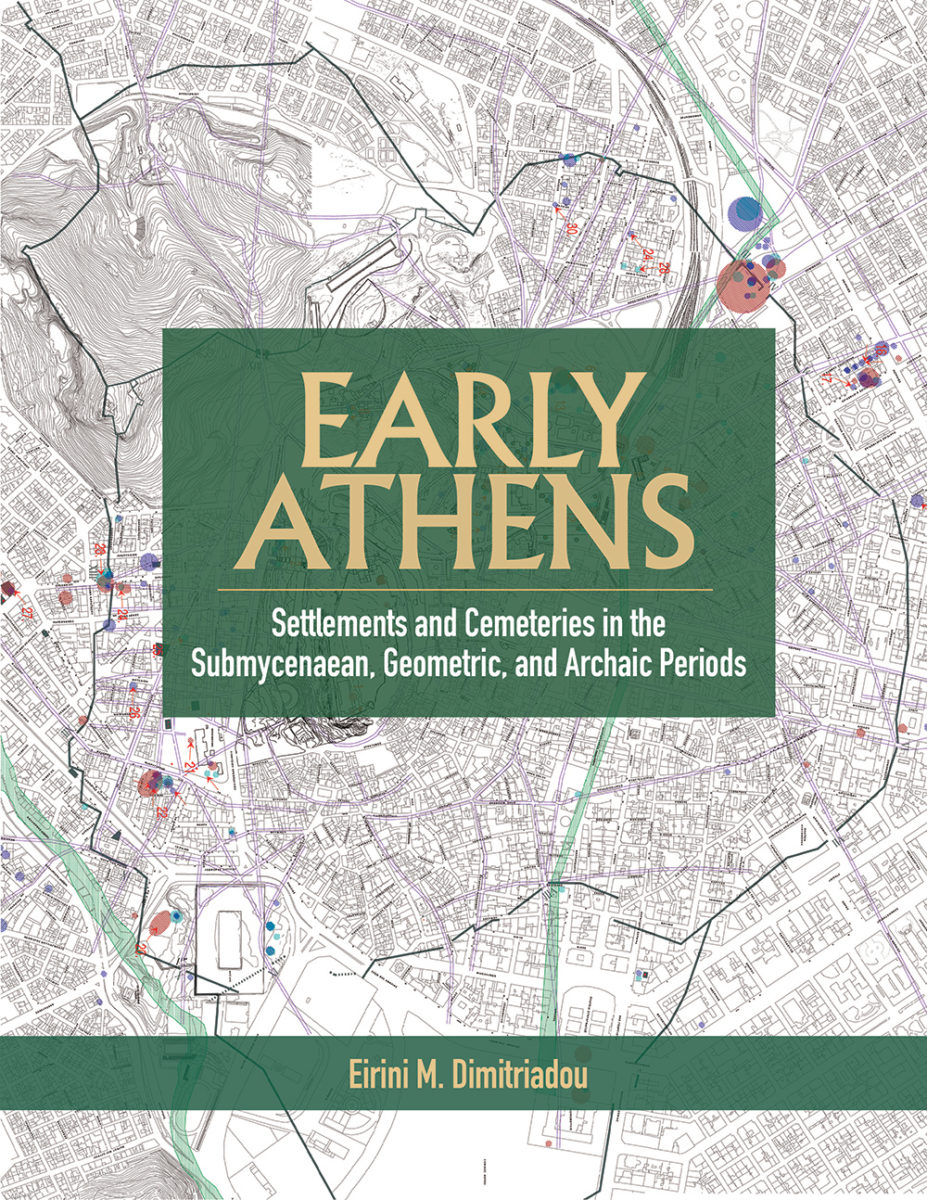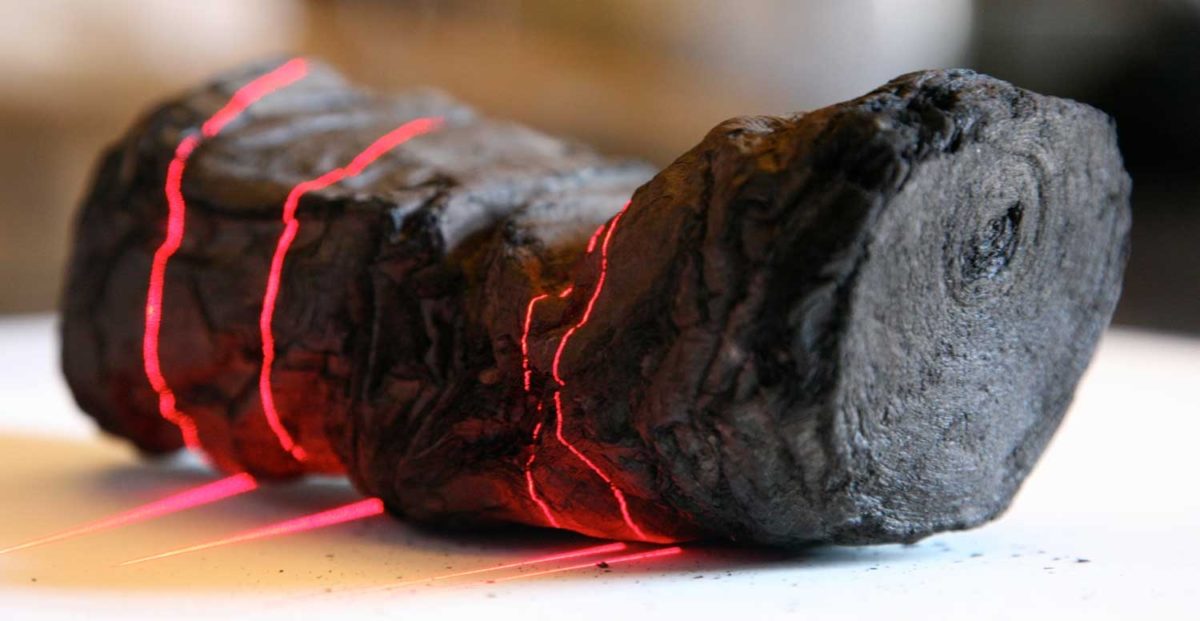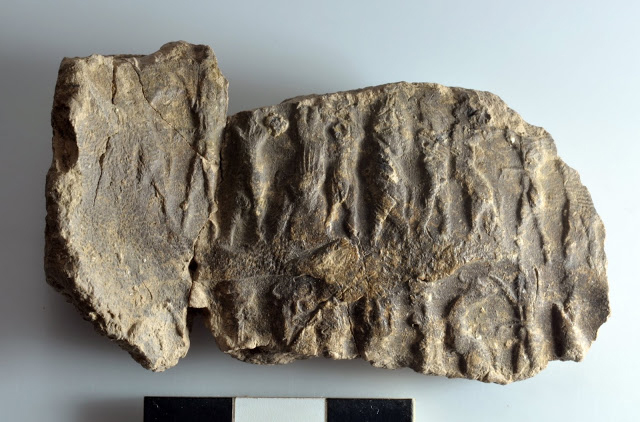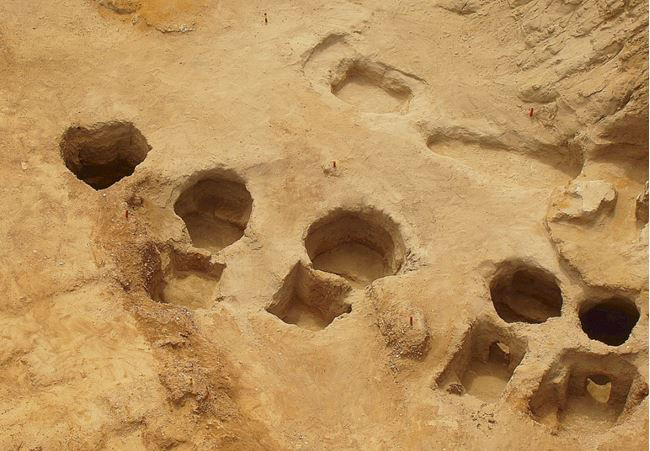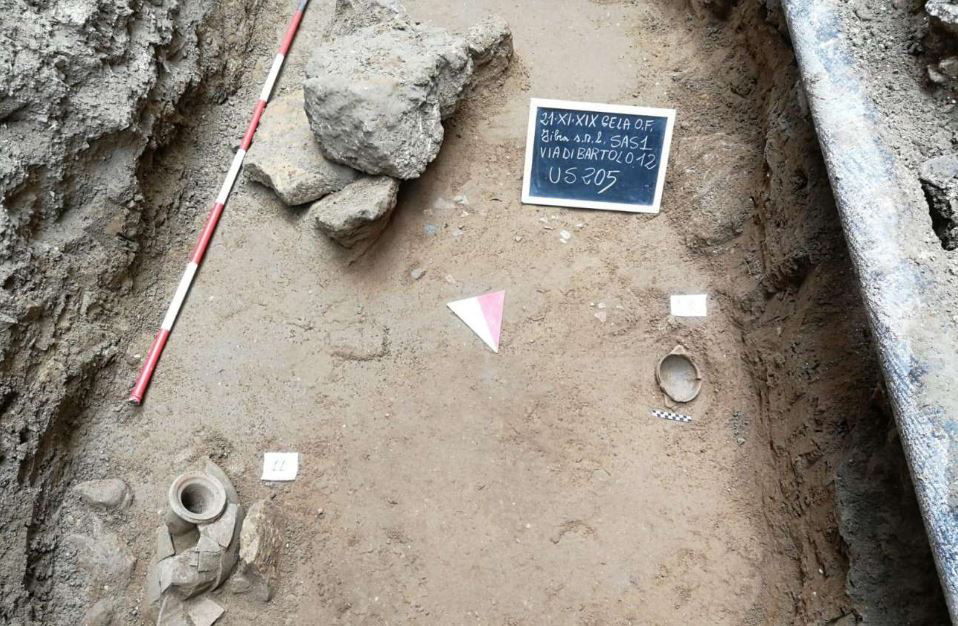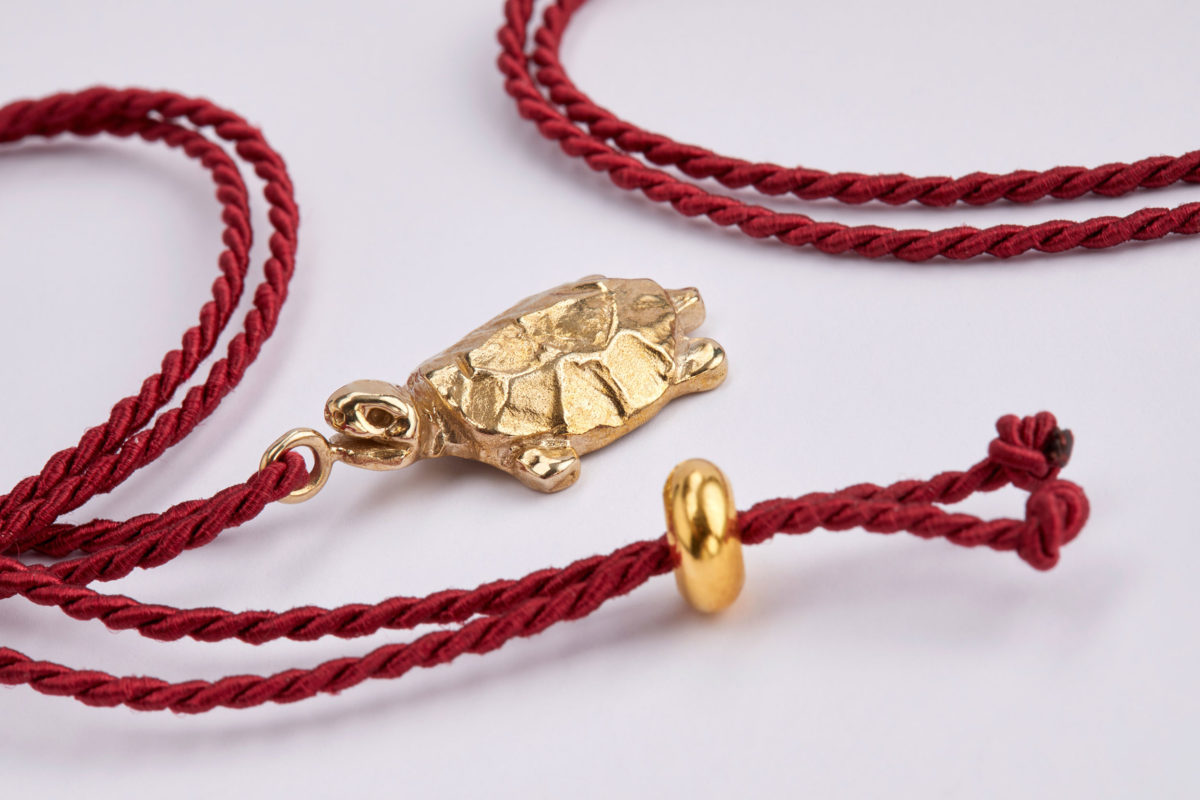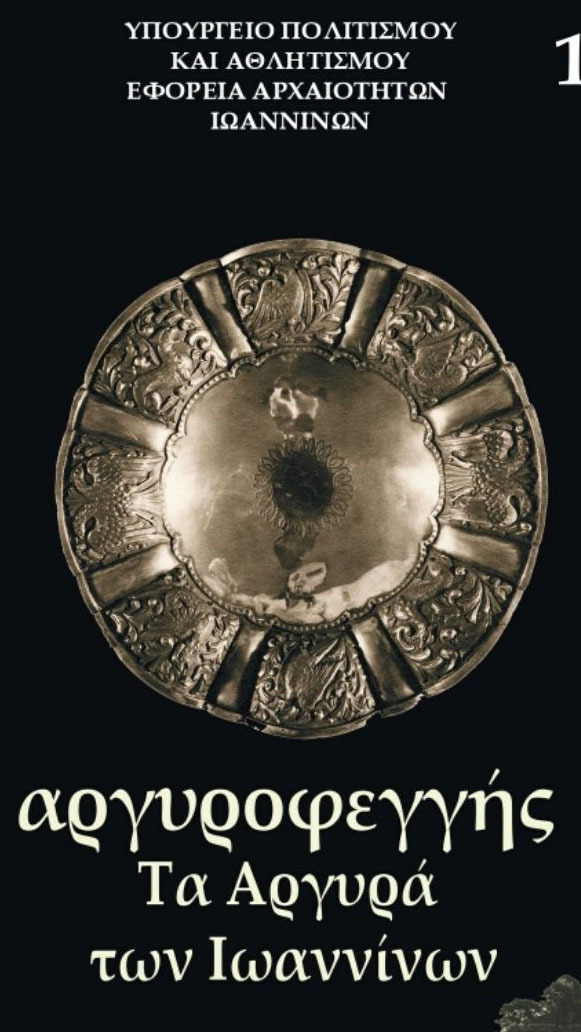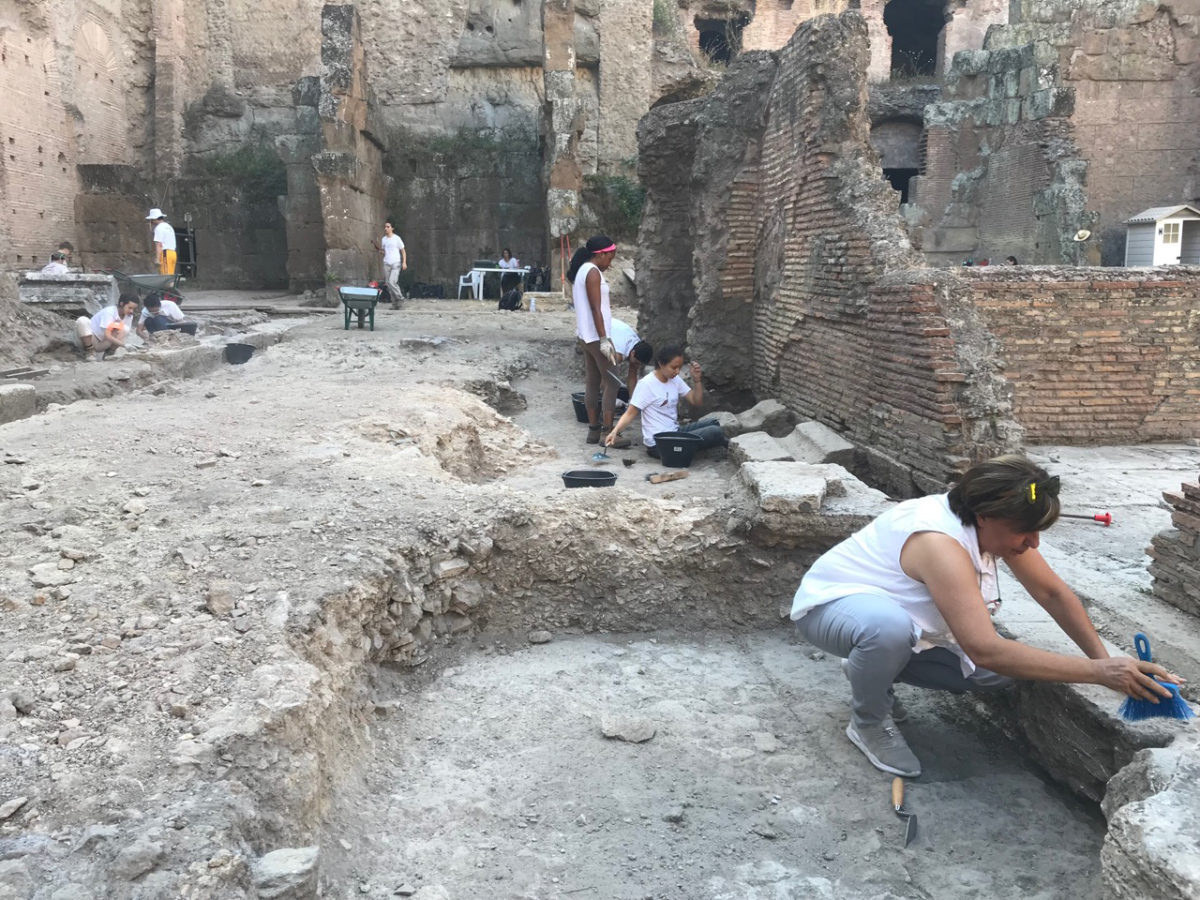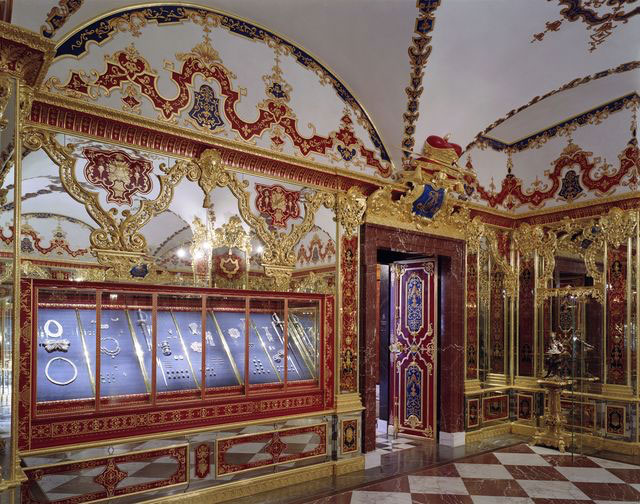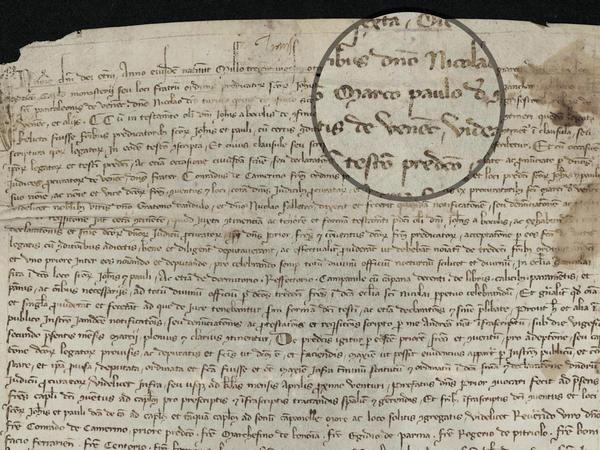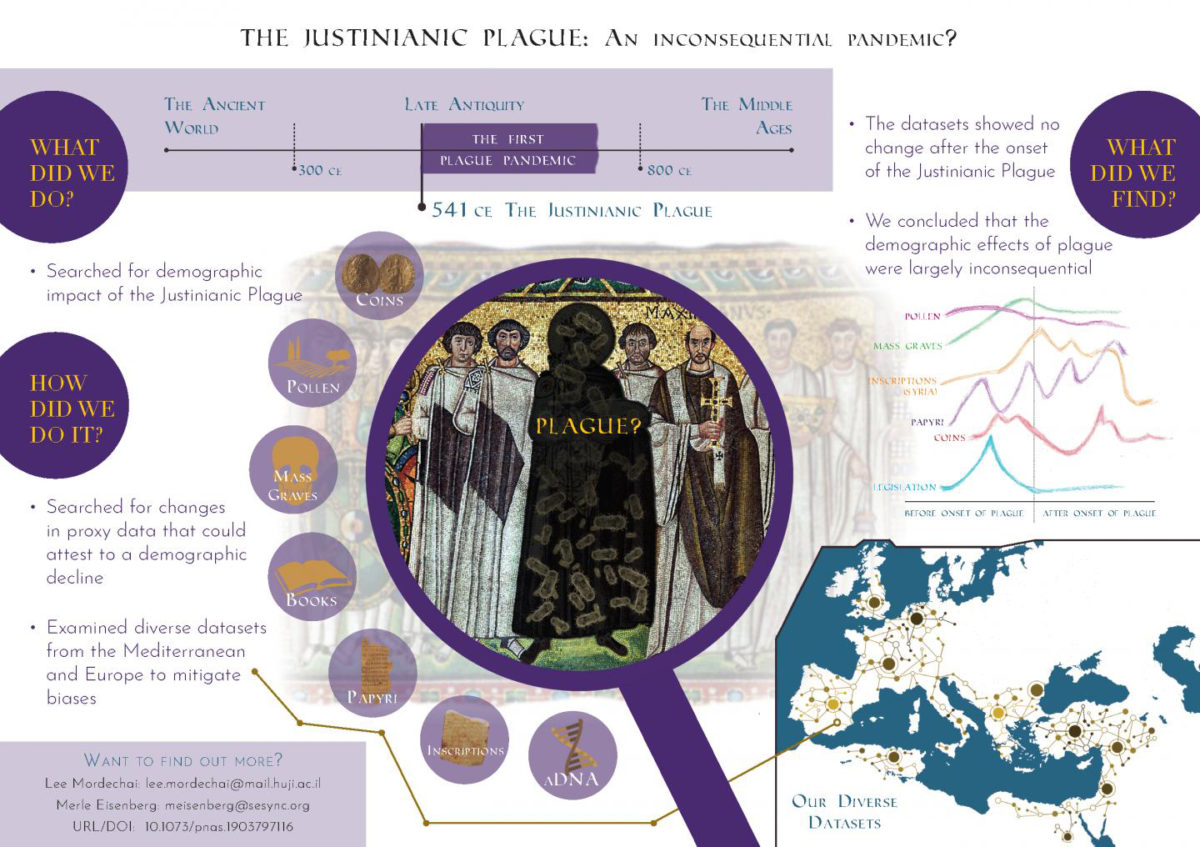Palaeolithic Venus unearthed in Amiens
A unique “Venus” figurine has been discovered by archaeologists excavating at the prehistoric site of Renancourt in Amiens, northern France. The find is dated back to the Early Upper Palaeolithic. The Gravettian figurine was found in a layer with organic
Fear in Ancient Culture
The Department of Classics at the University of Reading will host the 15th Annual Meeting of Postgraduates in Ancient Literature (AMPAL) in 2020. The theme for this year is Fear in Ancient Culture.
Iron Age artefacts found in Oman’s Musandam
A new and important archaeological discovery dating back to the Iron Age has been found by the Ministry of Heritage and Culture at an archaeological site in the Wilayat of Dibba, in Oman’s Musandam Governorate.
Early Athens: Settlements and Cemeteries in the Submycenaean, Geometric, and Archaic Periods
This volume is one of the most important works on ancient Athens in the last fifty years.
The promise of “virtual unwrapping” at UCLA
The UCLA/Getty Conservation Program presents “The man who can read the unreadable,” computer scientist and professor W. Brent Seales.
‘Envelopes’ made of clay in the ancient Mesopotamian city of Marad
Hundreds of texts in cuneiform script dating back to the 2nd millennium BC have been brought to light.
A Greek necropolis comes to light in Gela, Sicily
Work on installing a network of fiber optic cables for the people of the Sicilian city that had been an ancient Greek colony, brought to light a necropolis created by the first generation of its inhabitants.
First experimental genetic evidence of the human self-domestication hypothesis
Earlier research by the team of Cedric Boeckx had found genetic similarities between humans and domesticated animals in genes. The aim of the present study was to take a step further.
First archaeological evidence of Christianity in Bahrain
Archaeologists have found the first evidence showing Christianity was practised in Bahrain, a discovery which sheds light on a missing part of the country’s history.
Long-distance timber trade underpinned the Roman Empire’s construction
The ancient Romans relied on long-distance timber trading to construct their empire, according to a study by a National Research Council team in Italy.
Festive season at the Acropolis Museum
The Acropolis Museum invites you to a festive season full of activities during December 2019.
The silver of Ioannina
The exhibition includes objects of worship, luxury and adornment from the 16th century to the present day, works of unknown and known silversmiths exhibited in the city’s nine museums.
Archaeological Field School in the Roman Forum
ISAR is now accepting applications for the 2020 season of its Archaeological Field School in the Roman Forum.
Newly discovered pavements in Pompeii
New archaeological investigations unearthed a house with a solemn, ancient facade and, inside, almost intact floors with two beautiful mosaics probably representing Orion.
Dresden: €500.000 reward for clues on the robbery
“We will stop at nothing to solve this case” said head of Saxony Police Horst Kretzschmar and prosecutor Klaus Roevekamp in a joint statement.
A glimpse into the life of Marco Polo
This extremely important finding adds a piece of the puzzle to our current knowledge of the Venetian explorer’s biography and his connections to local religious orders.
Justinianic plague not a landmark pandemic?
Researchers now have a clearer picture of the impact of the first plague pandemic, the Justinianic Plague, which lasted from about 541-750 CE.
Book Review: O. Palagia (ed.), Handbook of Greek Sculpture
Review of O. Palagia (ed.), "Handbook of Greek Sculpture", by Antonio Corso.
Part of an Archaic statue was to be sold
A man of 34 was arrested in Messenia for the illegal possession of a highly valuable ancient movable monument with intention to sell.
Two arrests on Kalymnos for illegal possession of antiquities
A man of 37 and a woman of 38 were arrested on Wednesday November 27, 2019 on Kalymnos by officers of the local police department.
New finds from the ancient Egyptian Temple of Heliopolis
A joint German-Egyptian archaeological mission working in the Heliopolis temple in Matareya completed its 13th season.
Did human hunting activities alone drive great auks’ extinction?
Analysis of ancient DNA from an extinct seabird demonstrates that even abundant and widespread species can be vulnerable to intense exploitation.
Professor Alexander Cambitoglou obituary
Professor Alexander Cambitoglou, the founder of the Australian Archaeological Institute at Athens and its long-term Director, passed away on Friday.
